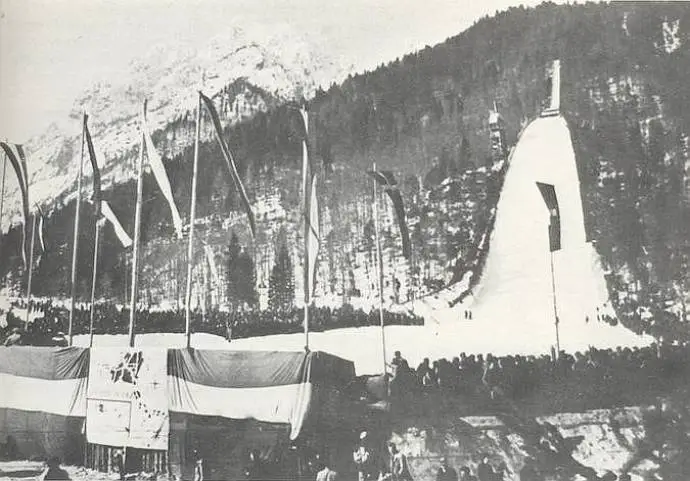January 29, 2018
January 29
In 1944 a German mail plane crashed into Plečnik's University Library, penetrated the roof, slid across the grand reading room and exploded. Several thousands of books burned in the fire, which luckily did not spread to the nearby book storage. There was only one casualty of this disaster, France Majcen, a secretary of the City Savings Bank of Ljubljana, who was returning a borrowed book. While on the central staircase flames from the great study burned him so badly that he died a week later. The grand reading room only reopened three years later, in 1947.
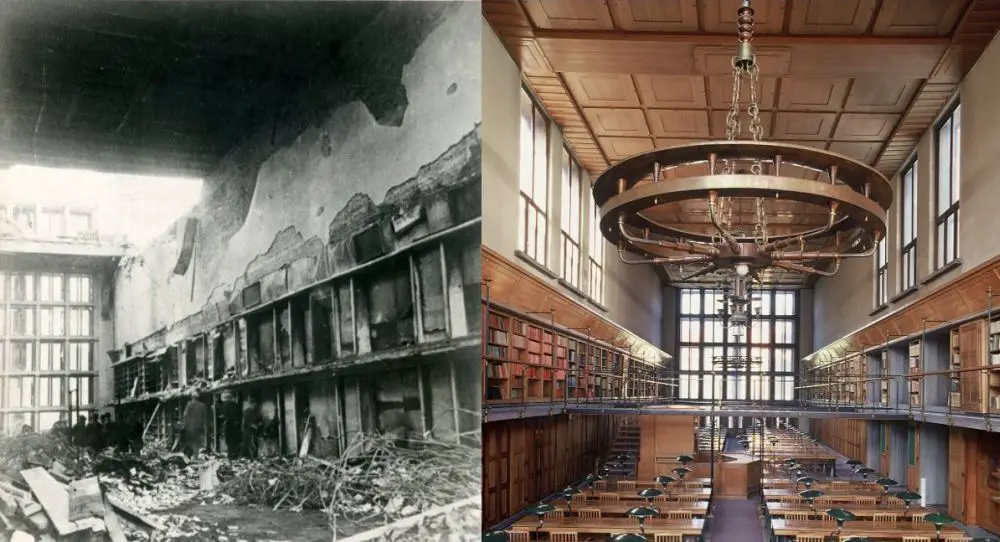
January 30
In 1929 the Slovenian movie director Boštjan Hladnik was born in Kranj. His best-known movies are Ples v dežju (Dance in the Rain, 1961), Maškarada (Masquerade, 1971) and Ubij me nežno (Kill Me Softly, 1979). Hladnik is considered as a pioneer of the Slovenian modernistic film and Ples v dežju was chosen the best Slovenian movie of all time by local movie critics in 2005 when celebrating 100 years of film in the country. Hladnik died on May 30 in 2006 in Ljubljana.
January 31
In 1903 Mary Ivanuš was born in Soteska pri Moravčah. After settling in the United States, Ivanuš was one of the founding members of Ivan Cankar Dramatic Society (Dramsko društvo Ivana Cankarja) and Progressive Slovene Women of America (Progresivne Slovenke Amerike). Mary Ivanuš wrote the libretto of the first Slovenian opera in the United States, Rosamund of Turjak (Turjaška Rozamunda), while music was composed by her husband, John Ivanuš.
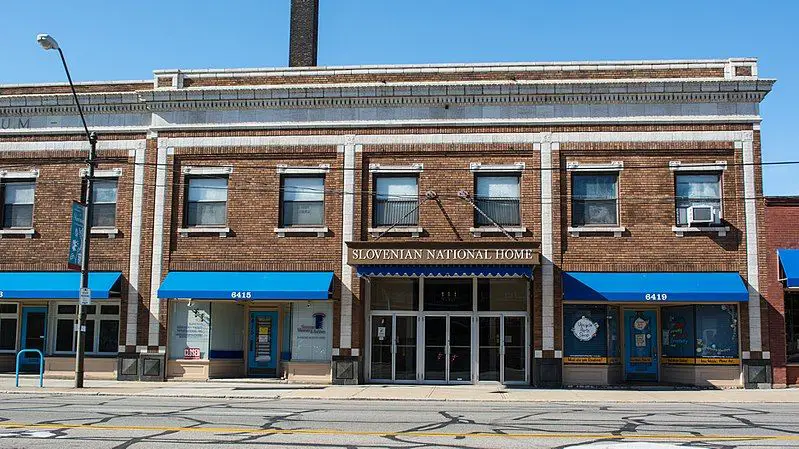
The Slovenian National Home, Photo: Tim Evanson, CC-BY-SA-2.0
February 1
In 1906 the ballet dancer and teacher Lidija Wisiak was born in Linz, Austria. After studying ballet in Ljubljana, Lidija continued her studies in Germany, where she had her first ballet performance in 1920. Later she also studied in France and danced for the Opera Comique in Paris for five years. Before WW2 Lidija occasionally performed in Slovenia, but soon after the war returned to Ljubljana, where she taught dance at Ljubljana Ballet School. She eventually became principal of the school, and one of the most important people for the development of ballet in Slovenia.
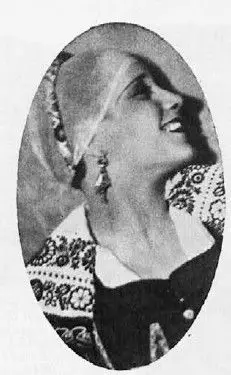
Lidija Wisiak, 1930
February 2
In 1913 Slovenian doctor and microbiologist Jelka Vesenjak-Hirjan was born in Ljubljana. Jelka Vesenjak-Hirjan was first in Yugoslavia to isolate the influenza virus, and started pioneering work with regard to Rickettsia (a variety of bacteria). In the early 1960s she isolated a tick-borne encephalitis virus, and hence explained the cause of the disease in the territory of Slovenia. As an expert in the field of arboviruses she also served as a member of the expert committee in the World Health Organisation, and as such worked in Myanmar, Egypt and Sri Lanka.
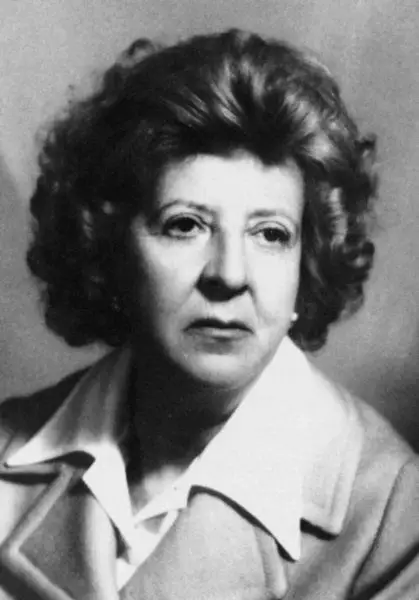
Jelka Vesenjak-Hirjan, Photo: encikolpedija.hr
February 3
In 1758 the Slovenian priest, poet and journalist Valentin Vodnik was born in Upper Šiška, which in those days was not yet a borough of Ljubljana. Vodnik was a big enthusiast of the French and their idea of natural rights of nations during the times of Illyrian Provinces (when Austrian empire ceased the territories of now Slovenia to the French Napoleonic Empire). He even wrote an ode “Ilirija oživljena” (Illyria revived), which lost him his teaching job in Ljubljana, once the Austrians were back in place. To somewhat “rehabilitate” himself he wrote another ode “Illirija zveličana” (Illyria Salvaged) to express his change of heart. Although Vodnik’s work began and ended with poetry, during times of his friendship with the Baron Žiga Zois he also worked in other fields. From 1797 to 1800 he edited and wrote for Lublanske Novice (Ljubljana News), the first Slovenian newspaper, and in 1806 he published the first Slovenian language poetry collection, titled Pesmi za pokušino (Poems for Sampling), which were to prove that poetry could be written in Slovenian and not just German.
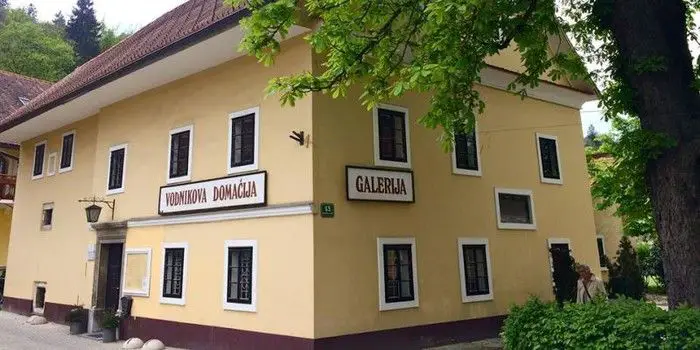
Vodnikova domačija, Šiška, Ljubljana
February 4
In 1934 the new giant ski-jumping hill was first tested with a national ski jumping championship. It would allow jumps up to 80 metres, the maximum allowed by the international committee at the time. However, the weather was bad and the snow was soft, so the constructor of the hill, Ivan Rožman, invented what is today known as snow cement: the snow was sprayed with salt and salmiac (ammonium chloride). The salt melted the snow slightly and allowed salmiac to penetrate deeper into the snow cover.
For long time the hill has been called after Stanko Bloudek, who after its construction worked on improvements to the structure. The hill was the site of the first jump over 100 m, in 1936.

